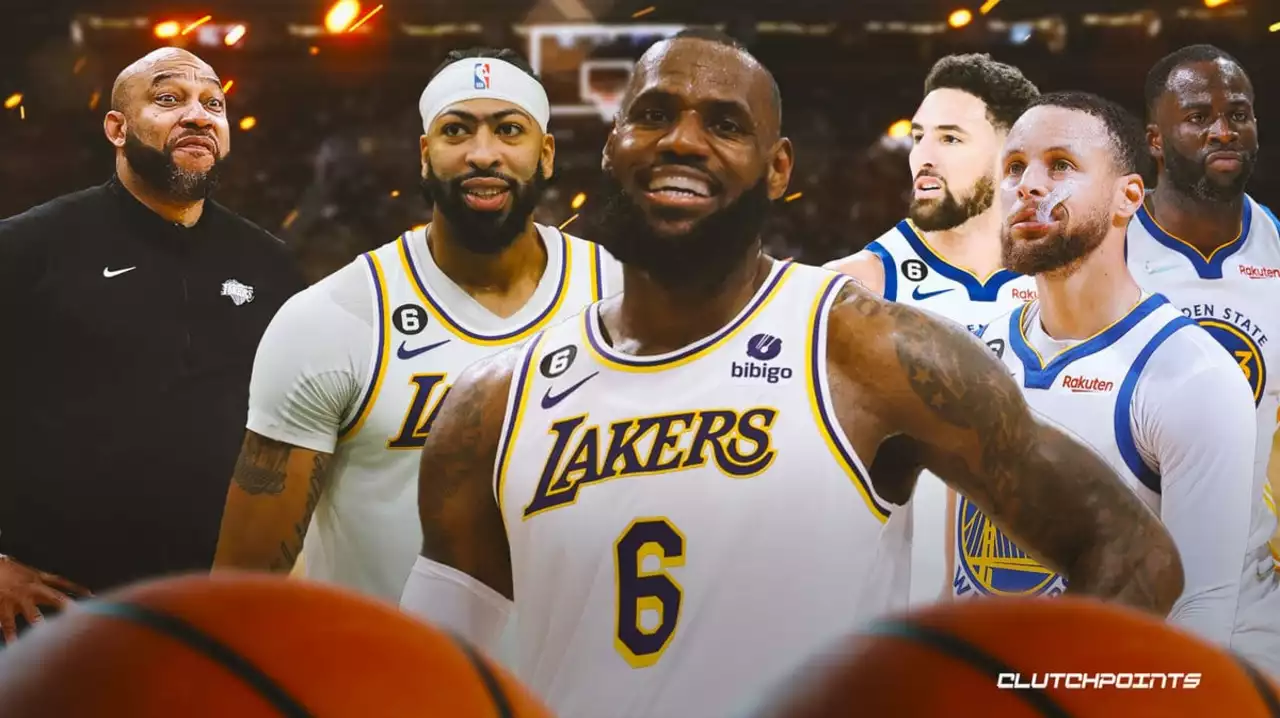Position in Sports – Roles, Strategies and Real‑World Insight
When talking about position, the specific spot or function a participant occupies on the field, court or rink. Also known as role, it determines where a player lines up, what tasks they perform and how they link with teammates. In the same breath, a player, the individual executing actions within that spot relies on the overall team, the group of players coordinated to achieve a common objective to succeed. Finally, the strategy, the plan that dictates how each position contributes to winning ties everything together. In short, position shapes the game, dictates player responsibilities, and fuels tactical decisions.
Every sport builds its own positional language. In football (soccer), a "defensive midfielder" sits between the back line and the attackers, linking defense with offense. In basketball, a "point guard" runs the offense, setting up plays and controlling the tempo. Rugby features a "scrum‑half" who feeds the ball into the scrum and initiates attacks. These examples illustrate the semantic triple: position defines player role, player role influences team dynamics, and team dynamics shape overall strategy. Understanding these links helps fans decode why a coach might shift a winger to a full‑back or why a basketball team swaps a center for a more agile forward during a run‑and‑gun stretch.
Why Position Matters for Fans and Analysts
Knowing the nuances of position unlocks deeper appreciation of match reports like Chelsea’s 2‑1 win over Liverpool, where Moisés Caicedo’s early strike came from a well‑timed midfield push. It also explains record‑breaking viewership of the England‑France women’s rugby semi‑final: the scrum‑half’s quick distribution created relentless attacks that kept fans glued to the screen. Even political headlines, such as a minister’s resignation, can be read through a positional lens – the “position” of power shifts, prompting new power dynamics. Across all these stories, position acts as the hinge between individual performance and collective outcome.
Below you’ll find a curated mix of articles that showcase how position plays out in real games, historic debates, and even off‑field situations. Whether you’re a casual fan wanting to grasp why a coach’s formation change mattered, or a seasoned analyst looking for tactical patterns, the posts ahead offer concrete examples, stats and commentary that bring the concept of position to life.
What position is LeBron James?
LeBron James is a versatile basketball player who primarily plays as a small forward. However, he's been known to switch positions and take on roles such as point guard, shooting guard, and even power forward when needed. His adaptability on the court makes him a valuable asset to any team he's on. In my opinion, LeBron's unique skill set and ability to play multiple positions contribute greatly to his status as one of the best players in NBA history. It's fascinating to watch him switch roles seamlessly and dominate the game in various ways.
